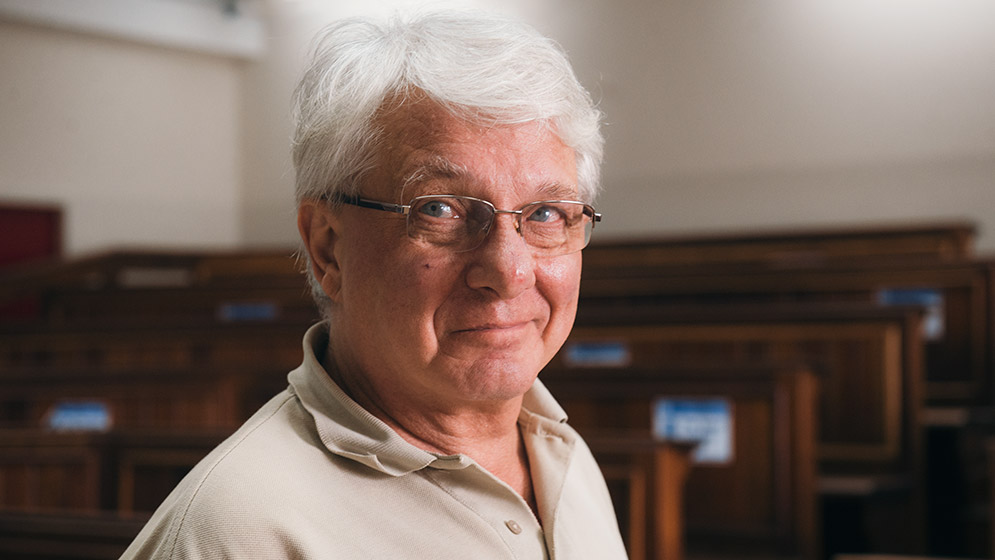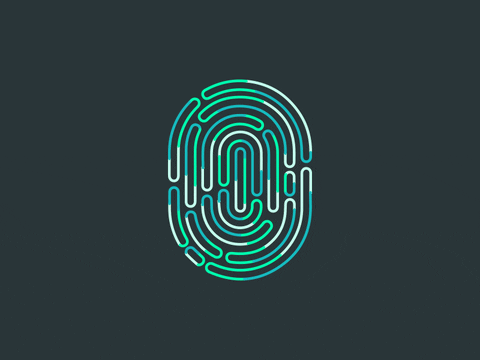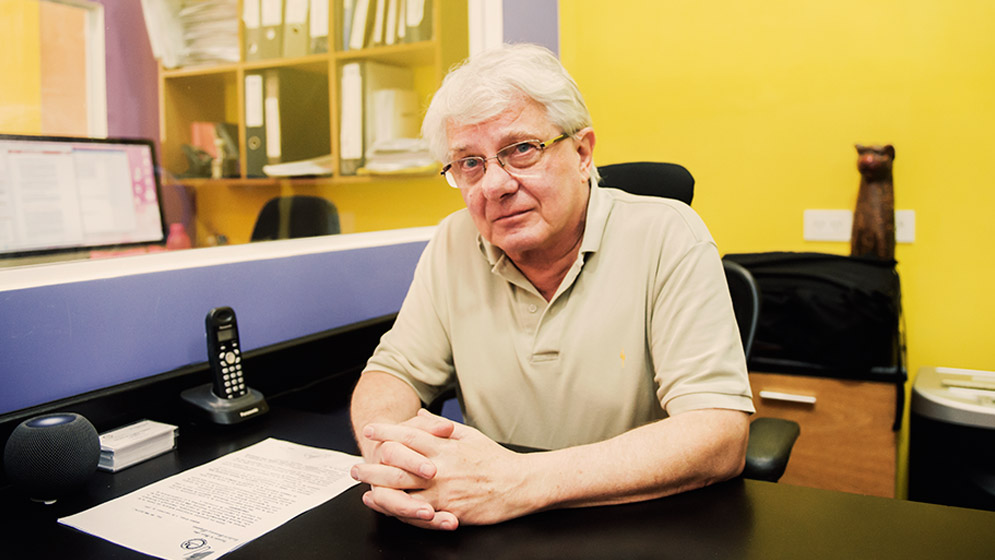DNA, background of the genetic fingerprinting center
The place is small, the task is immense. For three decades, in a tiny office located on the seventh floor of the Faculty of Pharmacy and Biochemistry of the University of Buenos Aires (FFyB-UBA), a team of scientists has been working on resolving the most resonant judicial cases in Argentina. They do so under the direction of CONICET senior researcher Daniel Corach. The Genetic Fingerprinting Service (SHDG, according to its acronym in Spanish) was established on November 5, 1991: it was the first institutional laboratory in Argentina that used DNA to identify people. Since then, he has helped the justice system solve cases such as the attack on the Israeli Embassy and the AMIA, the LAPA plane crash, the suicide of Alfredo Yabrán, the SOL plane crash and the death of Ángeles Rawson. “Even now, in such an atypical time as the pandemic, we haven’t stopped working,” says Corach, who is not only the director of the company but also its founder. “In the last year alone, we have analyzed more than two thousand samples; most of the cases are due to domestic violence. The fights have moved from the streets to inside the houses, but crimes continue to exist.”

Picture = Daniel Corach. Picture: Verónica Tello/ CONICET Photography.
Forensic genetics is the tool that SHDG has been using for thirty years to solve cases brought to them by the Justice Department, a branch of science that Corach defines as “a multidisciplinary work. It has aspects connected to law—such as the procedures that must be followed so that the scientific test can be carried out—, forensics—the way in which evidence is protected and collected, how the intangibility of this material is guaranteed so that it is not adulterated—, and the field of genetic markers—studies from the population point of view and statistical analysis of the results. All these procedures converge in a super discipline called forensic genetics, which, if done well, can change the balance of a judicial investigation,” the scientist says. “In fact, all scientific disciplines, from anthropology, botany, dentistry or phonology, can become forensic,” he explains. “That happens when a judge requires them. “Anything that one can do as a scientist advising the justice system becomes forensic.”

Corach himself began his career as a forensic geneticist following a request from the courts. He had studied biology and specialized in the molecular evolution of mice, at a time when PCR tests were not yet used (which is the standardized test used today to detect a fragment of the genetic material of a sample, named after the acronym in English for the word “Polymerase Chain Reaction”). At that time, Corach was doing manual work to extract and analyze the DNA of these animals. In 1989, he joined CONICET as a researcher and began to extrapolate the same techniques he used to identify different organisms, including humans. “Until then, blood types, protein polymorphisms and other indicators were checked to determine whether someone was genetically linked to another person. “I wanted to see if it was possible to identify different individuals, or the link between them, through markers present in their DNA.” For this task, which he carried out in the Genetics and Molecular Biology department at the UBA – led at that time by CONICET researcher Héctor Targovnik – a journalist made a news article about him. When the news spread, he immediately received a call from the Supreme Court of Justice.

Picture = Daniel Corach. Picture: Verónica Tello/ CONICET Photography.
“They asked us to use that tool in their court cases. This is how the SHDG began. Those beginnings were at Hospital de Clínicas. I remember that the first study I did was a paternity study: a man came with his family, who had also read the news article, and asked to have a DNA study done,» Corach recalls. A year after beginning to collaborate with the Justice Department, on March 17, 1992, the Israeli Embassy exploded and the work of the SHDG became a fundamental tool for its clarification. “As soon as the attack happened, they sent us material from the cadaveric remains recovered from the Embassy and we began to conduct studies. We had to practically invent forensic genetics. In four months, we reported the result.” That work was the ultimate test: from then on, cases began to pour in: so much so that the Service had to move to the office on the seventh floor of the Faculty of Pharmacy and Biochemistry of the UBA.
The truth in a drop of blood

At one end of the SHDG office there is a library that takes up an entire wall. It is packed with books and journals on medicine and forensic science in English and Spanish. “The purchase of this bibliography is part of our work philosophy: they are very expensive books, which allow us to stay up to date, and which we can afford thanks to the volume of work we have. And not only that. With the profits from the Service, which is a kind of business model that we designed, we have been able to travel to train and buy state-of-the-art equipment,” Corach says. At the opposite end of the library, behind a glass wall, there is the laboratory with the equipment they use every day to perform genetic analyses. “For the first seven years, what we did was manual, artisanal, there were no international guidelines for doing it,” Corach says. Starting in 1998, a company offered us the opportunity to have the first DNA sequencer in the country. Since then, we can do our work much faster and more reproducibly. New tools made it a marvel. And we adhere to international quality standards in all our studies.”
Today, it takes them a maximum of thirty days to carry out an expert analysis of a case, with the analysis of all the necessary DNA samples. The samples they receive vary; they can be anything from a piece of cloth to a part of a corpse’s body. “Since the material we receive is coded, we do not know what case it is about. This is a great help, because it allows us to have the abstinence of the analyst. What we see is the truth. There is no personal position on the samples: we determine who is under a nail, as for example happened to us with Mangieri in the case of Ángeles Rawson, without bias.”
Samples usually arrive by mail, with a chain of custody that protects the evidence. From these samples, if they manage to extract at least five hundred picograms of DNA – the equivalent of less than a drop of saliva – they have a sufficient sample to identify an individual. Once they quantify the DNA they find, they amplify it, analyze it, review it and, finally, issue an expert report that is usually around fifteen pages long in which they explain the work methodology used and the results, plus more than fifty attached pages, which include supporting material, such as the genetic profiles of the individuals and the samples analyzed or the bibliography of the techniques used.

A case may require a single sample, or fifty, depending on its complexity: to solve the case of the death of Ángeles Rawson, 183 samples were analyzed. For the Sol plane crash, 418 samples: in that case, only in the first week of work, they managed to identify the identity of 23 of the people who had died in the accident. «Over the last thirty years,» Corach says, «we have analyzed more than fifteen thousand cases.»
As director of the SHDG since its inception, Corach always encouraged the team members to do research: twelve doctoral theses, four master’s theses and one bachelor’s theses were completed at the Service. More than 150 papers were published over the thirty years of the Service’s existence. Another condition to be part of the team is to be a professor: “All of us who work here also belong to the UBA,” says Corach. Since 2008, the Service has been regionalized: it organized a network of similar laboratories in different provinces of Argentina. In parallel, Corach was a member of the Advisory Board of the National Science and Justice Program of CONICET since its inception in 2015 and for four years was a key player in the growth and promotion of said Program.
As director of the SHDG since its inception, Corach always encouraged the team members to do research: twelve doctoral theses, four master’s theses and one bachelor’s theses were completed at the Service. More than 150 papers were published over the thirty years of the Service’s existence. Another condition to be part of the team is to be a professor: “All of us who work here also belong to the UBA,” says Corach. Since 2008, the Service has been regionalized: it organized a network of similar laboratories in different provinces of Argentina. In parallel, Corach was a member of the Advisory Board of the National Science and Justice Program of CONICET since its inception in 2015 and for four years was a key player in the growth and promotion of said Program.
Original Article: Click here


 EL SALVADOR
EL SALVADOR HONDURAS
HONDURAS

 BOLIVIA
BOLIVIA PERÚ
PERÚ